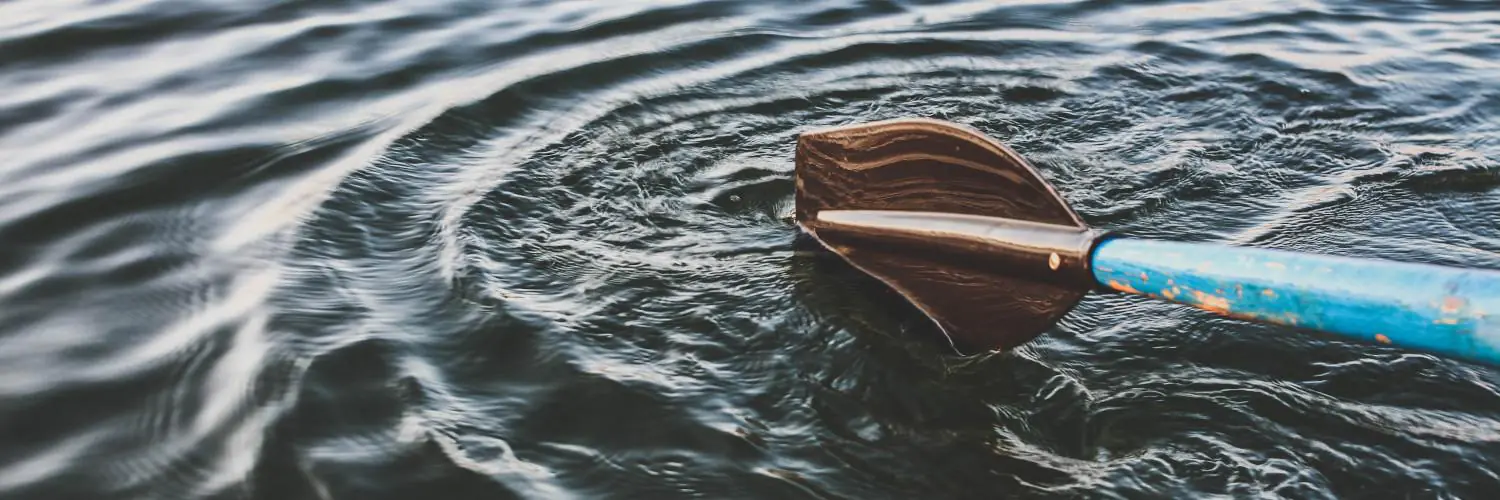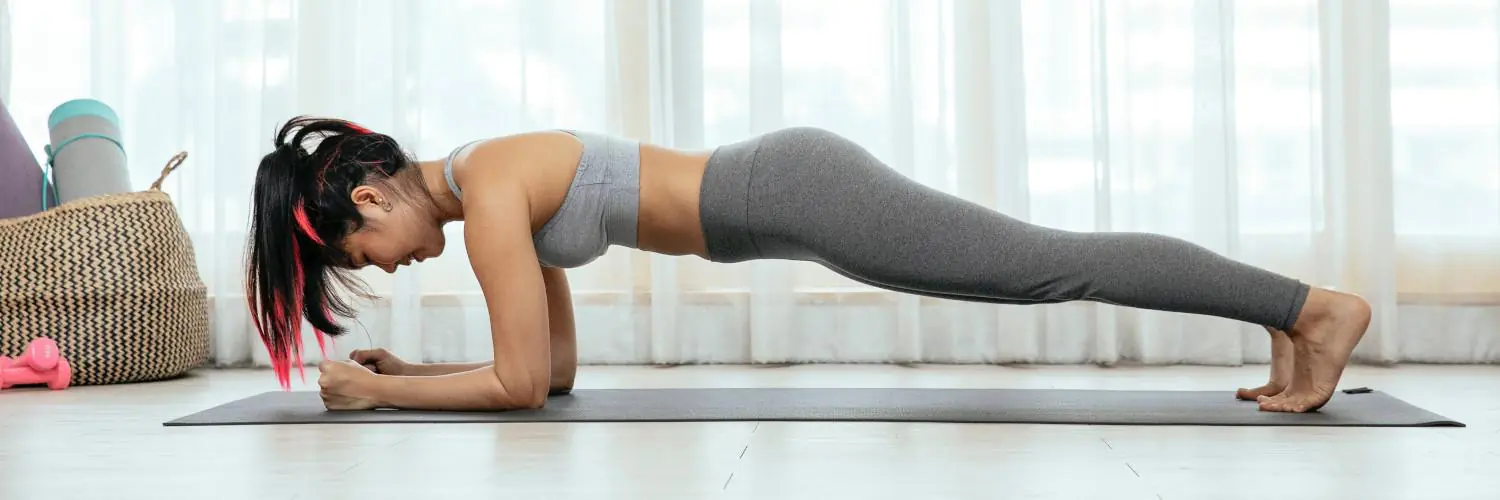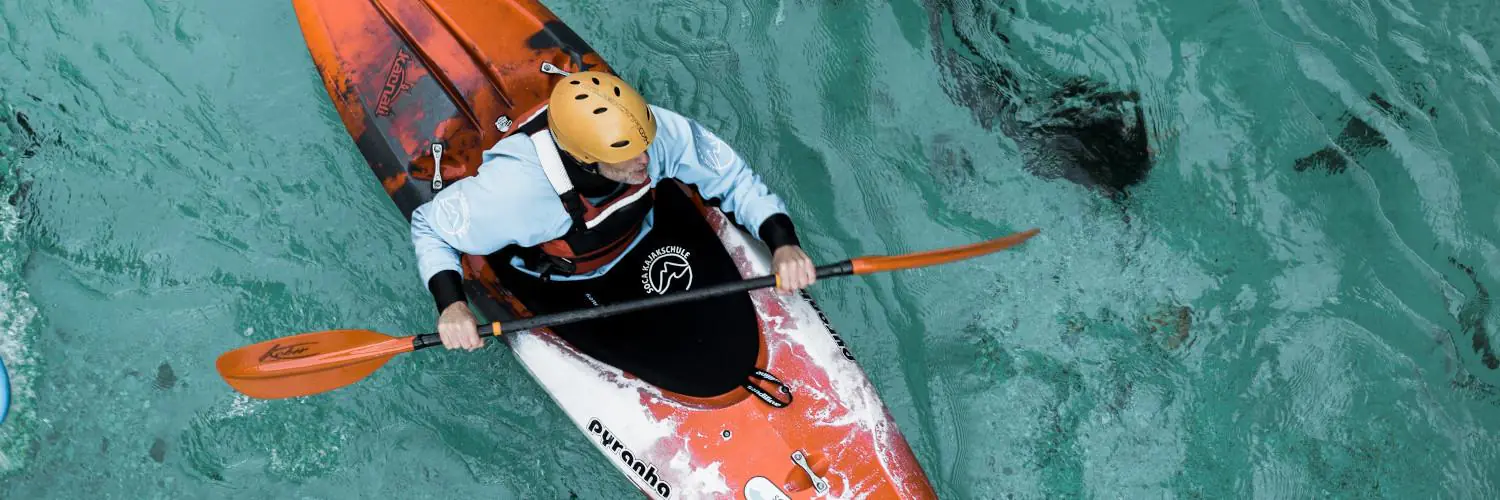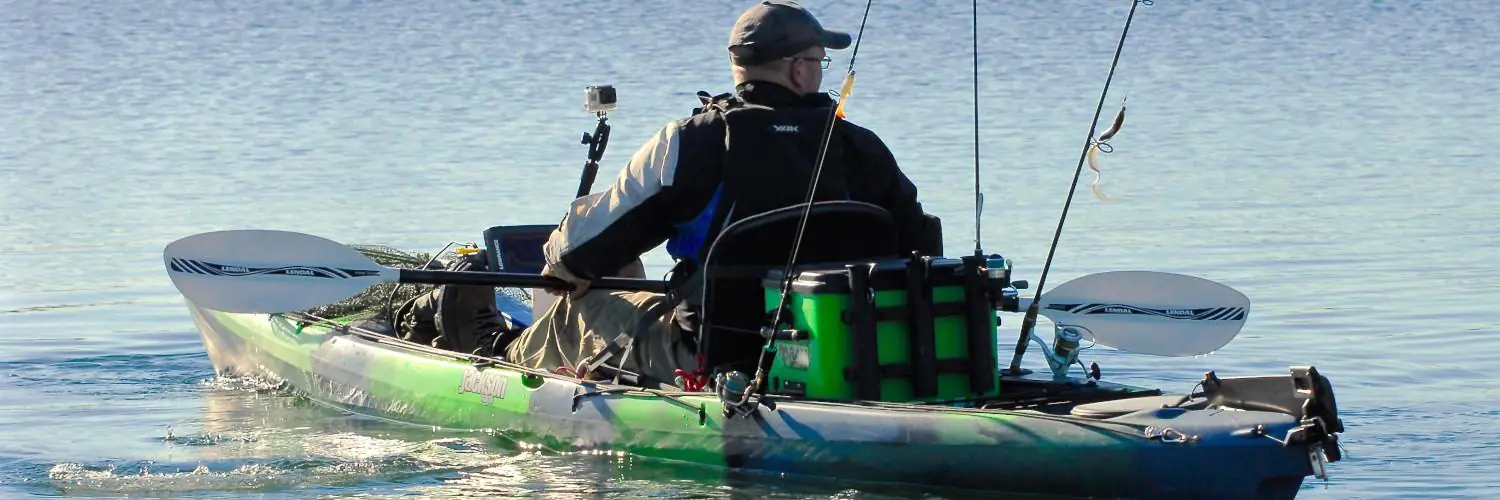Many outdoor enthusiasts find themselves wondering if kayaking offers a cardiovascular workout in addition to its known benefits for upper body strength and mental well-being. As a versatile and engaging sport, kayaking captures the interest of individuals with various fitness goals and levels.
When considering kayaking as a cardio activity, it is essential to recognize that the intensity of the workout can vary depending on factors such as the environment and one’s paddling technique. As it often involves bursts of intense paddling followed by brief rests, kayaking can serve as a form of interval training that promotes cardiovascular health and overall fitness.
This text talks about how kayaking helps with cardio workout and what things can affect how good it is.
Table of Contents
Is Kayaking Cardio?
Kayaking is indeed a cardiovascular activity, as it involves fast-paced, heart-pumping movement. This popular water sport allows individuals to engage in a low-impact form of cardio that combines several key aspects of physical fitness, such as endurance, strength, and agility.
In a kayak trip, people paddle hard and then take quick rests, like interval training. This kind of workout is known to increase cardiovascular endurance and overall fitness.
In addition to offering cardio benefits, kayaking also involves strength training elements. Paddling demands strong upper body muscles, including the arms, shoulders, and back. Furthermore, engaging the core and leg muscles helps maintain balance and stability in the kayak, which contributes to a full-body workout.
Also, paddling helps your brain feel good. Going through fast water or going around things needs thinking and can make you feel sure of yourself, beat fears, and feel good about what you did.
To summarize, kayaking can be considered both a cardio and strength-training activity. This unique combination offers various physical and mental benefits, making it an enjoyable and effective form of exercise for participants of all skill levels.
Cardiovascular Benefits of Kayaking
Heart Health
Kayaking is an excellent form of cardiovascular exercise that helps to strengthen the heart muscles and improve heart function. As you paddle through the water, your heart rate increases, providing a natural method for maintaining a healthy heart.
Endurance
Regular kayaking sessions can help to build endurance and stamina as you continually push yourself to maintain a steady paddling pace while navigating through water bodies. This increased endurance not only benefits your cardiovascular system but also improves overall fitness and energy levels.
Burn Calories
An added bonus of kayaking is the potential to burn calories and relatively support weight loss. The constant movement of upper body muscles to maneuver the kayak helps burn calories more than many other exercises. Depending on the intensity and duration of your kayaking session, it’s possible to burn hundreds of calories per hour, making it an efficient activity for those aiming to maintain or lose weight.
In conclusion, kayaking offers various cardiovascular benefits, including improved heart health, endurance, and calorie burning. Incorporating this outdoor activity into your regular fitness routine can not only improve your cardiovascular system but also provide an engaging and enjoyable method for maintaining overall health and well-being.
Muscle Groups Engaged in Kayaking.
Upper Body Muscles.
Kayaking uses many upper body muscles as paddlers use their arms, shoulders, and chest to move through the water. Biceps and triceps are heavily involved in powering each stroke, while stabilizing and rotational muscles are also worked, including the shoulders and chest. The back muscles, specifically the latissimus dorsi, play a considerable role in providing the necessary force during a paddle stroke.
Core Muscles.
A good core is important for kayaking. It keeps you steady and helps you move your body powerfully. It helps your upper and lower body work well together. The primary core muscles in kayaking include the abs, obliques, and lower back muscles. As paddlers twist their torsos to generate power for each stroke, they engage the abdominals and obliques, while the lower back muscles help with maintaining proper posture and balance in the kayak.
Lower Body Muscles
While kayaking may seem like an upper body and core-focused activity, the lower body muscles also contribute to effective paddling. Leg parts, like quad and hamstring, are used to hold and steady body in the boat. Glutes help in turning moves and give extra support. Engaging the lower body ensures efficient transfer of power and aids in maintaining a stable base for the kayak, which is crucial for covering distances with speed and control.
Improving Paddling Technique and Performance
Proper Paddling Technique
To enhance paddling performance, it is crucial to master proper kayaking techniques. Maintaining a 90-degree angle with your elbows while gripping the paddle and forming a “paddler’s box” with the shaft, your arms, and chest helps create an effective stroke. Employing torso rotation during the stroke can further improve your power and efficiency, as this engages the core muscles more effectively than relying solely on arm and shoulder strength.
Strength Training for Kayakers
Incorporating strength training into a fitness routine can greatly benefit kayakers. Workouts with hand weights, barbells, and bands can help your main muscles. This can give more strength when you paddle and lower the chance of getting hurt. Doing exercises for your middle part and big movements, like squats and picking up heavy things, can build strength in your middle part and legs, which can mean you have better balance and power when you are in your small boat.
Some recommended exercises for kayakers include:
- Core: Planks, Russian twists, and leg raises
- Upper body: Rows, push-ups, and pull-ups
- Lower body: Squats, lunges, and hamstring curls
Interval Training for Cardio and Endurance
For kayakers who want to improve their cardiovascular endurance, interval training serves as an effective method. This type of training involves switching between periods of high-intensity exercise and lower intensity recovery. To incorporate interval training into a kayaking workout, alternate between fast-paced, heart-pumping paddling and slower, more controlled strokes. Changing how long and how hard you do these intervals can help people make the workout fit their fitness level and goals.
In general, focusing on good paddling technique, getting stronger, and doing interval training can really make kayaking better, making it more fun and effective on the water.
Safety and Precautions for Kayaking
Kayaking can be a fun and enjoyable activity, but it’s important to prioritize safety to prevent injuries or dangerous situations. One of the most essential pieces of equipment for kayaking is a life jacket or personal flotation device (PFD). Wearing a properly fitting life jacket ensures that you stay afloat in case of a capsize or fall into the water.
Another important piece of gear is a spray skirt. This tool keeps water away from the boat and makes sure it stays afloat, especially in rough water or when it hits things like rocks or fallen tree branches.
Before embarking on a kayaking adventure, it’s crucial to understand the classification system for rapids. Rapids are in six groups, with Class II rapids being mostly still with some small waves and sometimes blocks, and Class IV rapids having big waves. Paddlers should know their skill level and avoid rapids that are too advanced for their experience.
In addition, be aware of eddies, which are circular currents formed when water flows around an obstacle. These can pose a risk if the kayaker is not prepared for sudden changes in water movement. Standing waves, formed by the flow of water over an underwater object, can also cause instability and capsizing if the kayaker is not experienced in handling them.
To minimize the risk of injury or dangerous situations, follow these guidelines:
- Wear a life jacket or other flotation device
- Use a spray skirt to keep water out of the kayak
- Understand the classification system for rapids and stick to your skill level
- Be aware of eddies and standing waves as potential hazards
Remember, a confident and knowledgeable approach to kayaking safety will result in a more enjoyable and safer experience on the water.
The Psychological Benefits of Kayaking.
Kayaking makes people feel good. It’s outside in the air. It’s fun and exciting. Riding waves makes you feel good. It gives you energy and makes you happy.
Being surrounded by natural scenery while on the water helps to reduce stress levels, as nature has a calming effect on the mind. Moreover, the rhythmic paddling motion can be meditative, promoting mindfulness and relaxation. This combination of physical exertion and mental clarity can significantly improve one’s mental health.
In addition to the mental benefits, kayaking is a low-impact exercise that puts minimal strain on the body. Those with back pain or other mobility issues can still partake in this activity without aggravation. Engaging the core, leg, and arm muscles, kayaking helps to build strength while easing pressure on joints, promoting overall physical health.
Kayaking helps us feel close to nature. It lets us get away from daily worries and relax our minds. With its combination of outdoor exposure and gentle physical exertion, it is an excellent choice for those seeking both physical and psychological benefits in their recreational pursuits.








